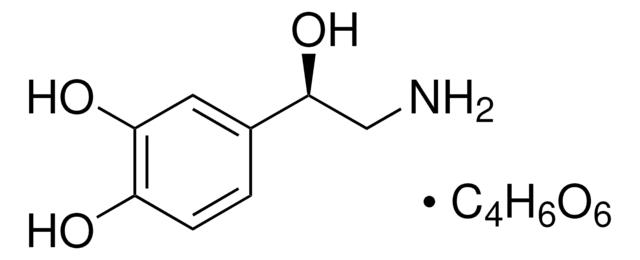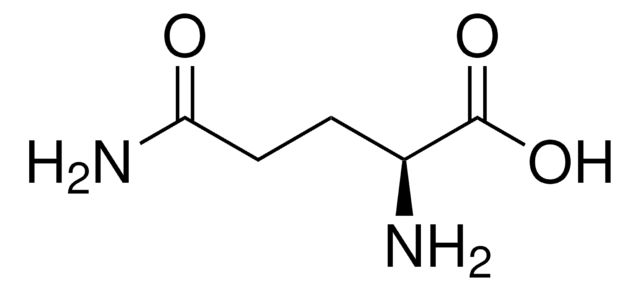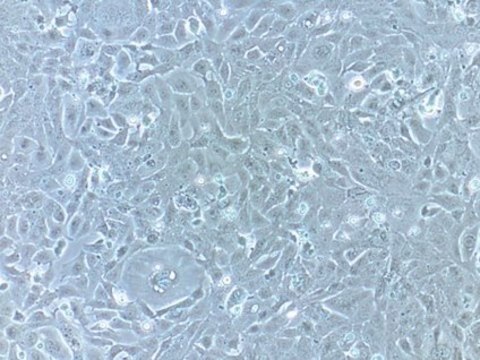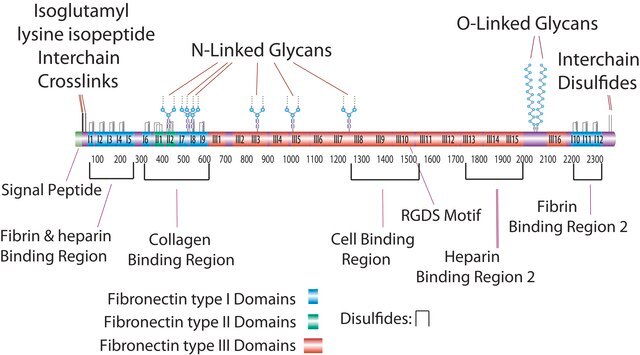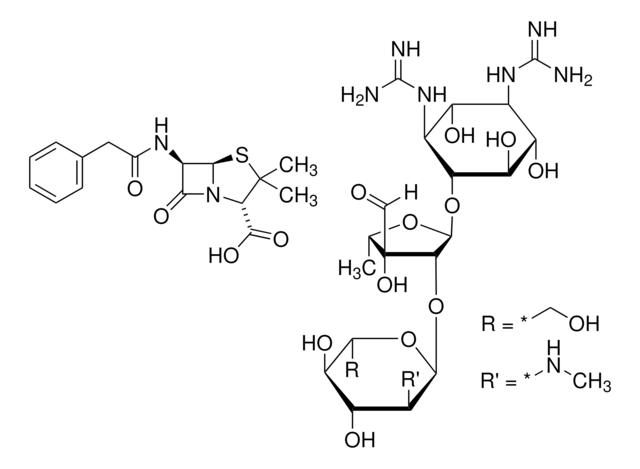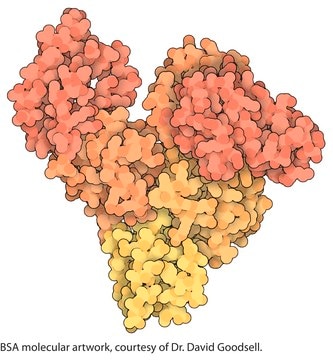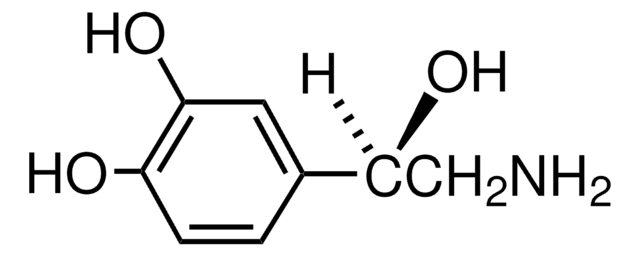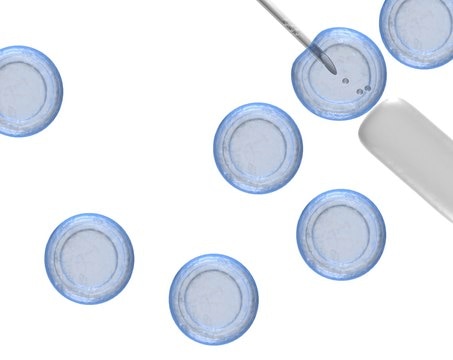51800C
Claycomb Medium
without L-glutamine, liquid, sterile-filtered, suitable for cell culture
Synonym(s):
HL-1 Medium
Sign Into View Organizational & Contract Pricing
All Photos(1)
About This Item
UNSPSC Code:
12352207
Recommended Products
description
For research or for further manufacturing use.
Quality Level
sterility
sterile-filtered
form
liquid
storage condition
protect from light
technique(s)
cell culture | mammalian: suitable
components
L-glutamine: no
shipped in
ambient
storage temp.
2-8°C
Related Categories
Application
Claycomb Medium, named after Dr. William Claycomb who established the HL-1 cell line, is specifically designed for the growth of murine cardiomyocytes. HL-1 is the first cell line established that can maintain the differentiated cardiomyocyte phenotype and contractile activity in vitro. The HL-1 cell line can be used for the study of cardiac cell hypertrophy that follows myocardial infarction, the testing of novel cardiac therapeutic drugs and treatments, the production of high levels of cardiac proteins and the study of mature cardiomyocyte specific genes. Claycomb Medium, when supplemented with 100 μM norepinephrin, 10% fetal bovine serum (FBS) and 4 mM L-glutamine, will maintain the HL-1 cell line and the mature cardiomycyte behavior. While observing the HL-1 cells under light microscopy, individual and groups of cells can be observed contracting, becoming more frequent as the cardiomyocytes reach confluency.
also commonly purchased with this product
Product No.
Description
Pricing
related product
Product No.
Description
Pricing
Storage Class
12 - Non Combustible Liquids
wgk_germany
WGK 1
flash_point_f
Not applicable
flash_point_c
Not applicable
Certificates of Analysis (COA)
Search for Certificates of Analysis (COA) by entering the products Lot/Batch Number. Lot and Batch Numbers can be found on a product’s label following the words ‘Lot’ or ‘Batch’.
Already Own This Product?
Find documentation for the products that you have recently purchased in the Document Library.
Customers Also Viewed
Malou van den Boogaard et al.
Cell reports, 28(10), 2704-2714 (2019-09-05)
The human ether-a-go-go-related gene KCNH2 encodes the voltage-gated potassium channel underlying IKr, a current critical for the repolarization phase of the cardiac action potential. Mutations in KCNH2 that cause a reduction of the repolarizing current can result in cardiac arrhythmias
L A Sikkink et al.
Cell death & disease, 1, e98-e98 (2010-01-01)
Light-chain amyloidosis (AL) is a devastating protein-misfolding disease characterized by abnormal proliferation of plasma cells in the bone marrow that secrete monoclonal immunoglobulin light chains that misfold and form amyloid fibrils, thus causing organ failure and death. Numerous reports on
Amanah Abraham et al.
The Journal of biological chemistry, 293(52), 19974-19981 (2018-11-23)
Human babesiosis is an emerging tick-borne disease caused by apicomplexan parasites of the genus Babesia Clinical cases caused by Babesia duncani have been associated with high parasite burden, severe pathology, and death. In both mice and hamsters, the parasite causes
Hongwei Wu et al.
Biochemical and biophysical research communications, 471(1), 240-246 (2016-01-26)
Mounting studies have illustrated an important role of HOTAIR in cancer progress, but few studies have reported its function in cardiac disease, including cardiac-associated sepsis. This study aimed to investigate the function of HOTAIR in sepsis, involving its association with
Ivana Poparic et al.
PloS one, 6(10), e26524-e26524 (2011-11-05)
Four-and-a-half LIM domain protein 1 isoform A (FHL1A) is predominantly expressed in skeletal and cardiac muscle. Mutations in the FHL1 gene are causative for several types of hereditary myopathies including X-linked myopathy with postural muscle atrophy (XMPMA). We here studied
Our team of scientists has experience in all areas of research including Life Science, Material Science, Chemical Synthesis, Chromatography, Analytical and many others.
Contact Technical Service